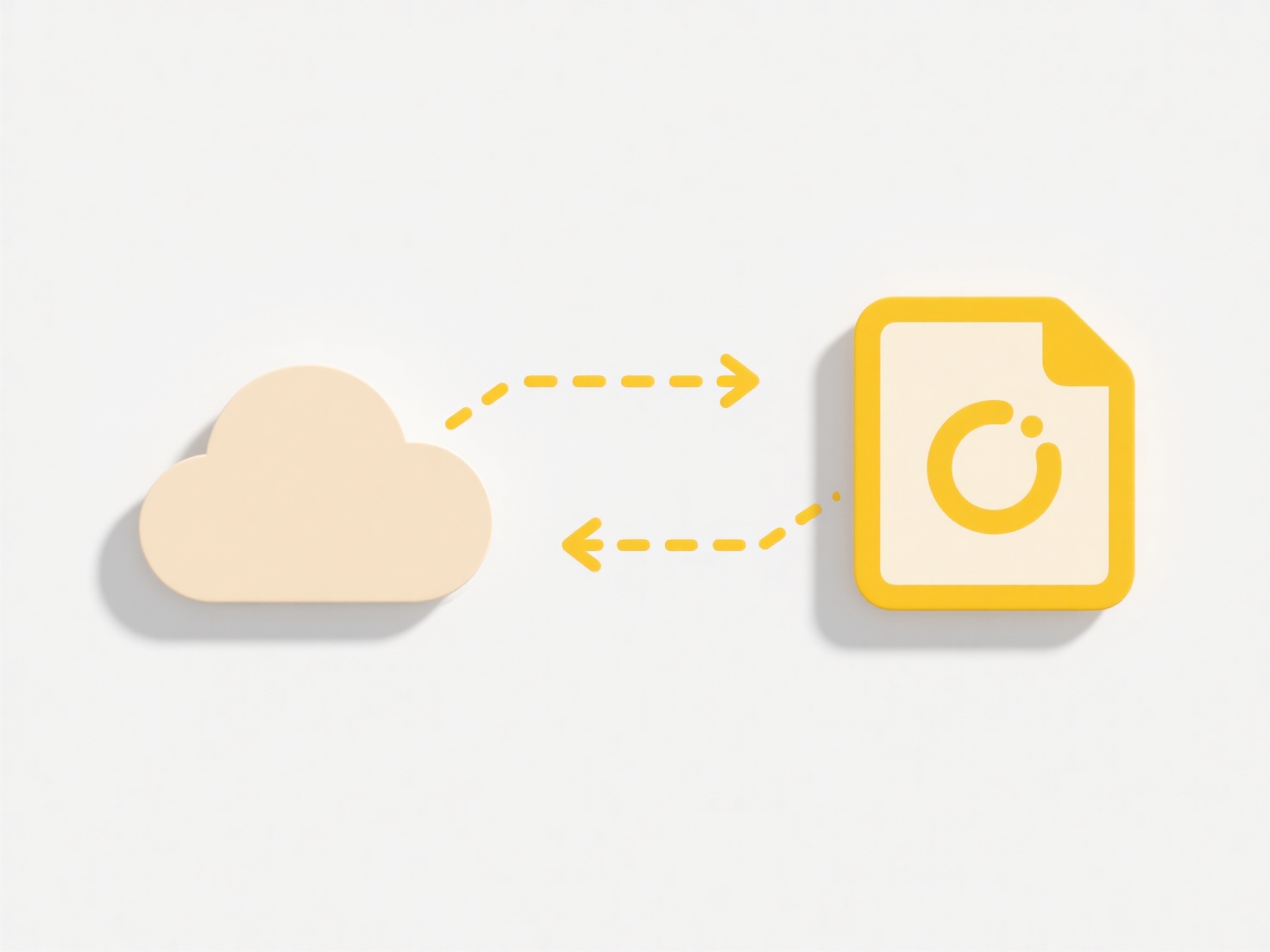
Sharing files externally means sending or granting access to digital documents with recipients outside your company's domain or network. This differs from internal sharing as it introduces security risks like unauthorized access or data leaks. Organizations employ specific controls (like permissions and encryption) to govern this process safely.

Common examples include sending a contract draft via email attachment for a client's review or using cloud storage (like OneDrive, Google Drive, or SharePoint) to grant view-only access to a marketing report for an external consultant. Industries like legal services, consulting, and marketing frequently engage in external file sharing for collaboration and communication.
While crucial for collaboration and client relationships, external sharing carries risks. Potential advantages include increased efficiency and partner engagement. Limitations involve security vulnerabilities, potential non-compliance with data protection laws (like GDPR), and loss of control over sensitive information. Therefore, organizations mandate using approved secure methods and advise caution regarding sensitive data to prevent breaches and maintain trust.
Can I share a file with someone outside my organization?
Sharing files externally means sending or granting access to digital documents with recipients outside your company's domain or network. This differs from internal sharing as it introduces security risks like unauthorized access or data leaks. Organizations employ specific controls (like permissions and encryption) to govern this process safely.

Common examples include sending a contract draft via email attachment for a client's review or using cloud storage (like OneDrive, Google Drive, or SharePoint) to grant view-only access to a marketing report for an external consultant. Industries like legal services, consulting, and marketing frequently engage in external file sharing for collaboration and communication.
While crucial for collaboration and client relationships, external sharing carries risks. Potential advantages include increased efficiency and partner engagement. Limitations involve security vulnerabilities, potential non-compliance with data protection laws (like GDPR), and loss of control over sensitive information. Therefore, organizations mandate using approved secure methods and advise caution regarding sensitive data to prevent breaches and maintain trust.
Quick Article Links
Can I clean up file names copied from USB drives easily?
Can I clean up file names copied from USB drives easily? Wisfile simplifies renaming messy files imported from USB dri...
How do I remove personal data before exporting a file?
Removing personal data, also known as data anonymization or scrubbing, involves permanently deleting or irreversibly alt...
How do I rename architecture files by sheet number?
Renaming architecture files by sheet number involves updating filenames to consistently reflect their drawing sheet iden...